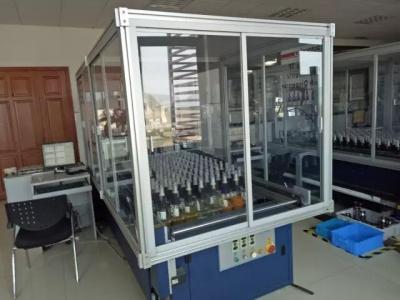Ⅰ. Fabric antistatic agents are used to remove the harm of static electricity
Commonly used fabric fibers mainly include: wool, nylon, silk, viscose fiber, cotton, hemp, acetate fiber, nylon, acrylic, polypropylene, etc. When the two fiber fabrics rub against each other, static electricity will be generated. There are many factors affecting the fiber charge.
Different ionic fabric antistatic agents have different effects on solving the electrostatic charge and producing static electricity. Although many influencing factors affect the amount of charge of the fiber, it mainly depends on the hygroscopicity of the fiber and the relative humidity of the air and friction conditions.
The better the hydrophilicity of the fiber, the more moisture absorption, the lower the charge. Most of the fabric antistatic agents used in the antistatic finishing of synthetic fiber fabrics are macromolecules with structures similar to the fibers being finished, which adhere to the synthetic fibers or their fabrics after dipping and baking. Generally, surfactants are mainly used, including cationic, anionic and non-ionic, which are not resistant to washing.
Ⅱ. Three basic understandings of textile antistatic agents
The first is the importance of textile antistatic agents, the second is the antistatic mechanism of textiles, and the third is how textiles are antistatic.
Whether textiles are used in civil or industrial applications, the generation of static electricity has caused a certain degree of harm.
First of all, the causes of static electricity are roughly divided into two categories. One is that static electricity of textile materials is caused by mutual friction between surfaces, and the other is that textile materials are poor conductors with a high specific resistance.
The fabrics of textile antistatic agents can be divided into two categories: civil and industrial. For the antistatic treatment of fibers, surfactants are commonly used. The mechanism of action is that the hydrophobic ends of the surfactant molecules are adsorbed on the surface of the fibers, and the hydrophilic polar groups point to the space. Form a contrasting surface, absorb water molecules in the air, reduce the surface resistivity of the fiber, and accelerate the charge dispersion.
The post-finishing method of fabrics with textile antistatic agents began in the 1950s, and this method is suitable for various fiber materials.
The main products of HT include a formaldehyde-free fixing agent, acid fixing agent, multi-refining enzyme, chelating agent (CT powder), sublimation fastness improver, wet rubbing fastness improver, soaping agent, ice-cooling silicone softener, Ternary silicone softener, bright lubricant, softener, etc. If interested, please consult.



 English
English  日本語
日本語  Español
Español  tiếng việt
tiếng việt  Türkçe
Türkçe  ไทย
ไทย  українська
українська  हिंदी
हिंदी  বাঙালি
বাঙালি  اردو
اردو 

